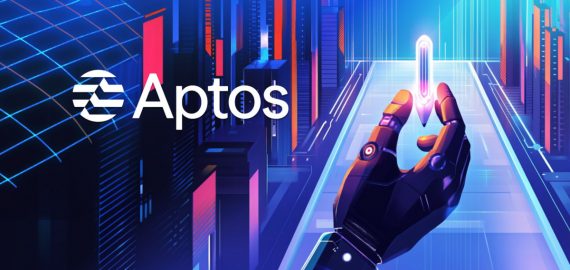Turning Domains into the Backbone of Web3 with D3


In Brief
D3 is developing the Doma Protocol, the world’s first on-chain network for domain infrastructure as tokenized assets. This aims to bridge the gap between Web2 and Web3, allowing traditional registrars to tokenize domains and offer them directly to users.
Michael Ho and the team at D3 aren’t just building another Web3 protocol — they’re upgrading one of the Internet’s most foundational layers: domain infrastructure.
“We’re building the Doma Protocol, the world’s first on-chain network purpose-built for domains as tokenized assets.”
The mission? Bridge the gap between Web2 and Web3 by allowing traditional registrars — the GoDaddy of the world — to tokenize domains and offer them directly to users without changing their interface. Through integrations with ecosystems like Solana, Base, and Avalanche, D3 makes domains interoperable, composable, and tradable — all while staying anchored to the existing DNS system.
But this isn’t just about convenience. It’s about turning domain names into a robust infrastructure layer for the decentralized web.
“Domains are NF1s — non-fungible, one-of-one assets. They’re the Internet’s original real estate. Our protocol ensures that on-chain state always reflects real-world ownership, no matter where it’s traded.”
One of D3’s key innovations is fractionalization — a way to lower the barrier to entry for premium domains, which are often snapped up and hoarded. With Doma, more users can become stakeholders in high-value web assets, opening up broader access and distribution.
D3’s roadmap also pushes beyond simple tokenization. They’re introducing wallet-mapped DNS records — imagine linking your cross-chain wallets to a human-readable domain, creating a seamless experience for stablecoin payments or even decentralized AI agents.
“We see domains as the best form of a public key. No plugin, no extension — they just work. They’re the missing identity layer for both people and autonomous agents on the Internet.”
With partnerships spanning from legacy Web2 institutions to modern blockchain networks, D3 is positioning itself at a crucial intersection: real-world utility, digital identity, and scalable tokenization. If they succeed, domains won’t just be websites — they’ll be the backbone of a new Internet-native asset class.
Disclaimer
In line with the Trust Project guidelines, please note that the information provided on this page is not intended to be and should not be interpreted as legal, tax, investment, financial, or any other form of advice. It is important to only invest what you can afford to lose and to seek independent financial advice if you have any doubts. For further information, we suggest referring to the terms and conditions as well as the help and support pages provided by the issuer or advertiser. MetaversePost is committed to accurate, unbiased reporting, but market conditions are subject to change without notice.
About The Author
Victoria is a writer on a variety of technology topics including Web3.0, AI and cryptocurrencies. Her extensive experience allows her to write insightful articles for the wider audience.
More articles

Victoria is a writer on a variety of technology topics including Web3.0, AI and cryptocurrencies. Her extensive experience allows her to write insightful articles for the wider audience.

















































